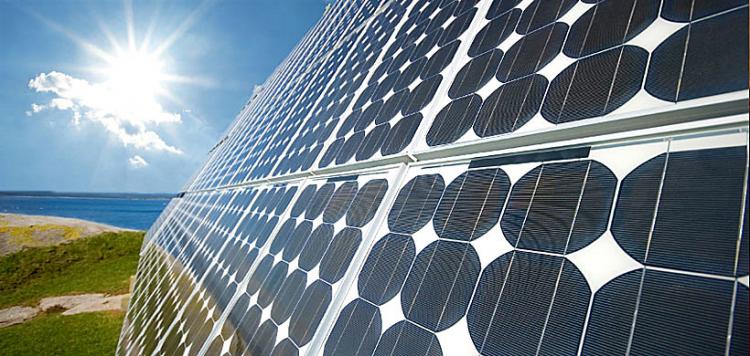Nanocrystals Could Boost Solar Cell Efficiency
A type of nanocrystal could be used to double the efficiency of solar cells.

BOOSTING EFFICIENCY: New research suggest that a type of nanocrystal could be used to double the efficiency of solar cells. University of Minnesota
|Updated:




